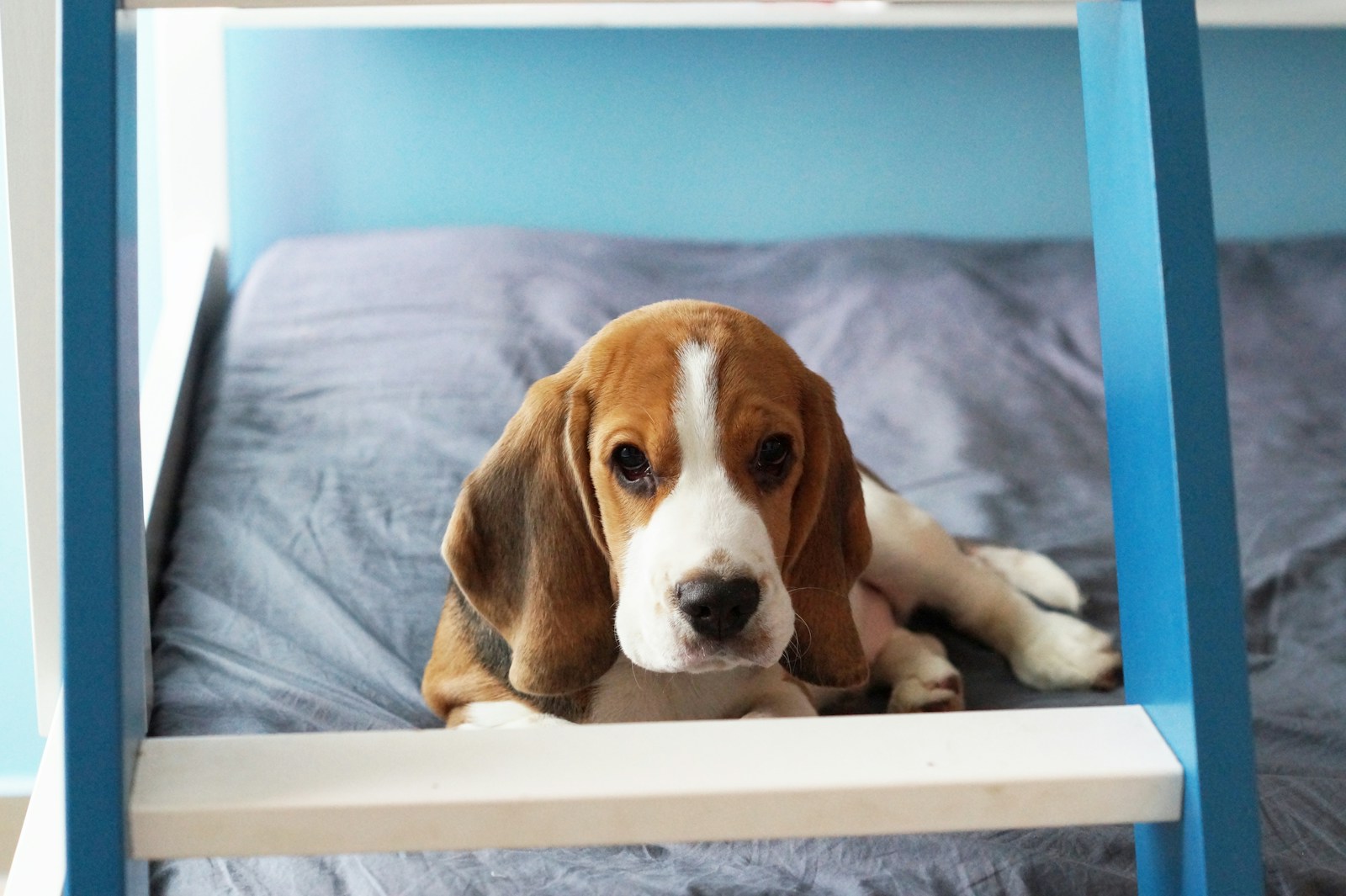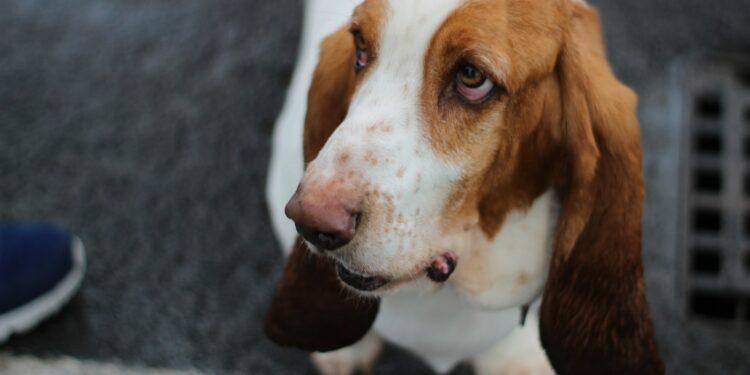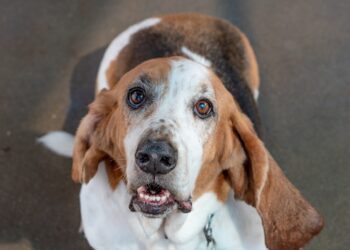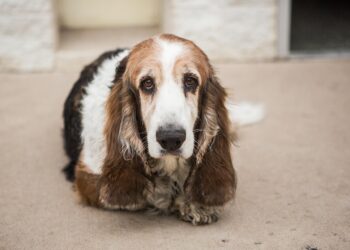Basset hounds are known for their distinctive appearance and adorable droopy ears. These low-riding pooches are famous for their friendly and calm temperament. With their short legs and stubby bodies, it’s natural to wonder if these pups need extra protection during the winter season. While basset hounds have some characteristics that make them more tolerant to cold weather, there are certain situations when they might benefit from wearing coats.

Contents
Tolerance to Cold
Basset hounds have a dense and thick double coat that helps them stay warm in colder temperatures. Their undercoat provides insulation and traps body heat, while the outer coat offers protection from wind and moisture. This natural warmth makes them more tolerant to cold weather than breeds with shorter or single coats, such as Greyhounds.
However, despite their natural insulation, basset hounds have shorter legs that are closer to the ground, making them more susceptible to the cold. Snow, ice, and freezing temperatures can be uncomfortable for their bellies and paws, so it’s essential to consider their individual needs and the climate they live in.
When to Dress Your Basset Hound
While basset hounds generally handle moderate winter temperatures well, there are certain scenarios where they can benefit from wearing a coat:
- Extreme Cold: In extremely cold climates, where the temperatures drop significantly below freezing, a coat can provide extra warmth and protect your beloved basset hound from the biting cold.
- Snow or Ice: When walking your basset hound in snowy or icy conditions, their shorter legs and bellies are more exposed to the elements. A coat can help prevent discomfort and hypothermia.
- Elderly or Sick Bassets: Older or sick basset hounds may have a compromised immune system, making them more susceptible to cold-related illnesses. Dressing them in a coat can help maintain their body temperature and overall health.
FAQs
Q: What kind of coat is best for a basset hound in winter?
A: Look for a coat made with durable and insulating materials like fleece or wool. A well-fitted coat that covers the chest, belly, and part of the legs will provide the necessary warmth and protection.
Q: How do I know if my basset hound is too cold?
A: Watch for signs of discomfort like shivering, seeking warmth, or holding up their paws. If they show any of these signs, it’s time to put on their coat or head back indoors.
Q: Do basset hounds need boots in winter?
A: While basset hounds typically don’t require boots, it can be beneficial to protect their paws from salt, ice, and sharp objects when walking in winter conditions. Ensure any boots you choose are comfortable and provide adequate traction.
Q: How should I care for my basset hound’s coat in winter?
A: Regularly brush your basset hound’s coat to remove excess hair and keep it clean. Be mindful of any moisture or snow accumulation on their fur, which can lead to discomfort and chill. Towel-dry them after outdoor activities to prevent them from catching a cold.
Q: Can basset hounds overheat in winter coats?
A: It’s unlikely for basset hounds to overheat in winter coats, as their natural tolerance to cold weather helps regulate their body temperature. However, if your basset hound shows signs of discomfort or overheating, remove the coat immediately.
Conclusion
While basset hounds have a natural resilience to cold weather due to their dense double coats, certain conditions can make them more susceptible to the cold. Severe cold, snowy conditions and health considerations for older or sick basset hounds are all factors to consider when deciding to dress your pet in a coat. Remember, the comfort and well-being of your basset hound should always be a priority during the winter season.
More:














